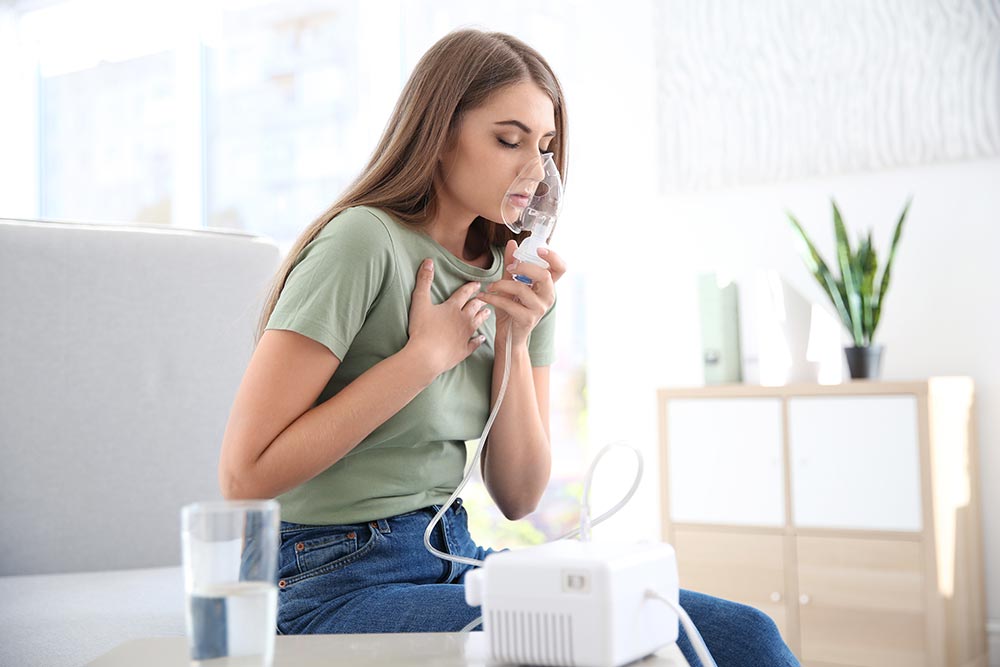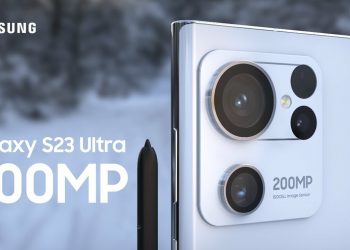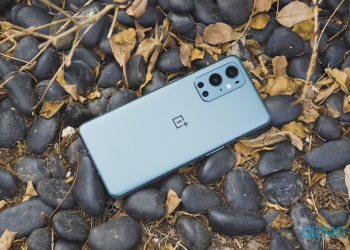The need for oxygen has only risen as the number of severe COVID-19 patients in the country has increased. While a considerable number of people are gasping for air and queuing outside hospitals, a substantial number of infected people are being treated at home with oxygen concentrator and other forms of oxygen.
From 2021 to 2028, the North American oxygen concentrator market is predicted to grow at a CAGR of 10.7%, reaching USD 2.5 billion.
A key factor driving the market is the rising prevalence of Chronic Obstructive Pulmonary Disease (COPD) and other lung illnesses. COPD patients who take supplementary oxygen have a higher chance of surviving. As a result, the market is being driven by COPD patients' increased reliance on oxygen concentrators.
What is a Medical Oxygen Concentrator?

A medical oxygen concentrator is a healthcare equipment that gives oxygen to people with respiratory problems. Sieve beds and filters remove nitrogen from oxygen in medical oxygen concentrators, removing nitrogen components from the air. After purifying the air and removing the nitrogen, it is ready to be administered to the committed patients through a nasal cannula or an oxygen mask. The concentrators guarantee that the oxygen provided to patients is not polluted in addition to purifying the air they gather from the environment. They are lifesavers for patients with respiratory illnesses, but they are only suited for those with less complexity. In severe respiratory diseases, however, 99 percent oxygen concentration is critical, surpassing the oxygen concentrator's limit and rendering it worthless.
Check out the 10PCS Adult Soft Nasal Cannula for Oxygen Concentrator.
Oxygen Concentrator Types
On the market, there are two types of oxygen concentrators: continuous flow and pulse dosage. A continuous flow oxygen concentrator offers the same flow of oxygen every minute until it is switched off, whereas a pulse dose oxygen concentrator recognizes the patient's breathing pattern and releases oxygen when inhalation is detected. As a result, pulse units' oxygen output cannot be compared to continuous flow oxygen concentrators since they do not create constant oxygen for one minute.
Check this Continuous Working Intelligent Wellness Device with Complete Accessories.
Oxygen Concentrator for Home

To meet the increased need for medical oxygen settings, key firms are focusing on releasing new solutions. The Adjustable Flow Health Care Machine for Home use Working Quietly is an oxygen concentrator for home that is highly recommended. The machine is only 65kg, making it easier to transport compared to other large items. It produces less than 450dB of noise and can be used in a car with an adaptor. The 0.1L cycle may be used to alter the flow of this machine. Touch the 'O2 Flow' button and adjust to your needs.
The Portable Health-Care Device for Home & Traveling & Car Use is another highly efficient oxygen concentrator for home. It can operate without the use of a transformer and can function continuously for four hours. The device is compact and low in weight, which makes moving the machine simple. Highlight LED display with simple touch control, as well as the ability to operate with remote control.
Portable Oxygen Concentrator (POC)
 When needing supplemental oxygen away from home, many patients find portable oxygen concentrators, or POCs, to be quite useful. POCs are typically tiny, light, and silent. They function similarly to oxygen concentrators for home in that they capture oxygen from the ambient air and condense it for you to breathe. POCs give oxygen in bursts through pulse dosage. Some machines can also give oxygen at a constant pace. Each time you breathe, the pulse dosage is administered. A rechargeable battery is linked to the bottom of the gadget in a POC. The duration your battery lasts is determined by your flow rate and how quickly you breathe.
When needing supplemental oxygen away from home, many patients find portable oxygen concentrators, or POCs, to be quite useful. POCs are typically tiny, light, and silent. They function similarly to oxygen concentrators for home in that they capture oxygen from the ambient air and condense it for you to breathe. POCs give oxygen in bursts through pulse dosage. Some machines can also give oxygen at a constant pace. Each time you breathe, the pulse dosage is administered. A rechargeable battery is linked to the bottom of the gadget in a POC. The duration your battery lasts is determined by your flow rate and how quickly you breathe.
Explore this Portable Keeping Healthy Device for Traveling & Car & RV Living Use that is lightweight and has a concise touch control.
Help Is Available
Many patients who suffer from lung illness rely on oxygen. You may connect with other individuals and lung disease professionals in a variety of ways to get started with oxygen:
To speak with a medical practitioner, call the free Lung HelpLine at 1-800-LUNGUSA (1-800-586-4872) or go to Lung.org/helpline.
To connect with other people who are dealing with lung illness, visit Lung.org/community.
The different priorities and less attention devoted to the entire medical structure of various nations are propelling the worldwide medical oxygen concentrator market, as the government is running out of equipment to fulfill public demand.
Read more: How Wearable Technology Is Impacting the Health of Patients?
We hope you love our reviews! For your information, we do earn money from commission in the link in the content! For more information click here!














